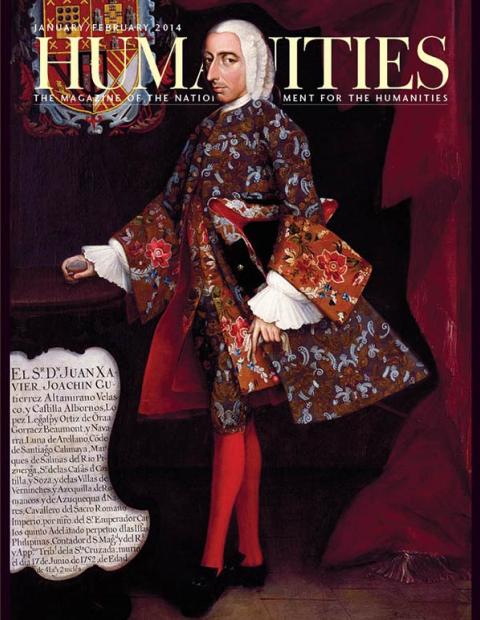In March 1997, the headline “Great White Hoax” sprawled across the front page of Sydney’s Daily Telegraph. The “Hoax” was the award-winning memoir of a part-aborigine woman named Wanda Koolmatrie, actually written by a white, male taxi driver named Leon Carmen.
When playwright Thomas Gibbons read an article on the controversy, he realized he had found a way to address a question that had been nagging him since 1993, when he began receiving criticism for his play 6221, set in his hometown of Philadelphia.
The play dealt with the 1985 police bombing of a predominantly black, middle-class West Philadelphia neighborhood. Eleven people—including five children—died and around sixty-five homes were destroyed. During talkbacks after performances in Philadelphia, Gibbons was frequently asked what made him think that he had any right to write about that event.
“I’m white,” says Gibbons. “And a lot of people perceived that as being an African-American event. So the question was, Does a white person have the right to write about something that’s perceived as an African-American subject?”
That question grew and expanded over the course of his inquiry, encompassing dozens of subsidiary questions: Can a man write about women? Can a modern write about the ancients? What is it that makes writing authentic?
The five-actor play Bee-luther-hatchee emerged from these questions.
The plot draws from the Koolmatrie/Carmen controversy. African-American publisher Shelita Burns accepts an award for the acclaimed memoir of Libby Price, a seventy-two-year-old African-American woman shy of publicity. When Shelita goes to Libby’s nursing home to deliver the award, she discovers that the book was written by the very white, very male, middle-aged Sean Leonard.
What follows is a lively debate, characteristic of what Gibbons calls an “issue play,” where the characters serve as rhetorical tennis players, lobbing an argument back and forth for the audience to observe, evaluate, and consider for themselves.
SEAN: I’m asking you to look beyond me. A book offers some truth or it offers nothing. It convinces us or it fails to convince. The writer should be invisible.
SHELITA: I publish writers who were truly invisible, Mr. Leonard. Because of the color of their skin—the hand holding the pen. Your ‘invisibility’ is a self-serving choice. It’s a fiction—just like your book.
Says Gibbons: “It raises questions of what do we mean when we say something is ‘authentic.’ Do we mean it is literally what happened, or something that’s true to the spirit? And I don’t really know. I’m not trying to answer the question, but I want to raise it.”
Bee-luther-hatchee raised the question again in December—less than an hour away from where it premiered in 1999—in a staged reading in Norristown as part of Theatre Horizon’s Diverse Voices reading series, sponsored by the Pennsylvania Humanities Council.
During readings held while the script was in development, Gibbons realized that the arguments leaned too heavily in Sean’s favor and that he hadn’t “fully imagined” the character of Shelita. So, he rewrote entire drafts, working with the actress playing Shelita (also named Shelita) to develop her arguments.
“Frequently what attracts me to an idea for a play is the opportunity it gives me to explore a perspective that I’m not particularly familiar with,” he says. “I’m not interested in writing autobiographically. I’m interested in exploring people who are different from me.”
The responses to his play have ranged from claims that he was appropriating stories that were not his to tell, to the assumption that he must be black because he was openly addressing race relations in the first place.
He recalls one production in Minneapolis, where the director deliberately refused to tell the cast anything about him. When Gibbons arrived on opening night and the director introduced him, the African-American actress playing Libby did a double take when she saw that he was white.
“I thought that was great,” Gibbons says. “I really loved that.”
But the thing he loves most is using stories and the stage to bring up issues that people might otherwise hesitate to discuss. The thing he loves most is making people think.
“Whenever I heard that people saw this play then went out to a diner and sat there arguing for two hours, I think I did what I was supposed to do,” he says.

